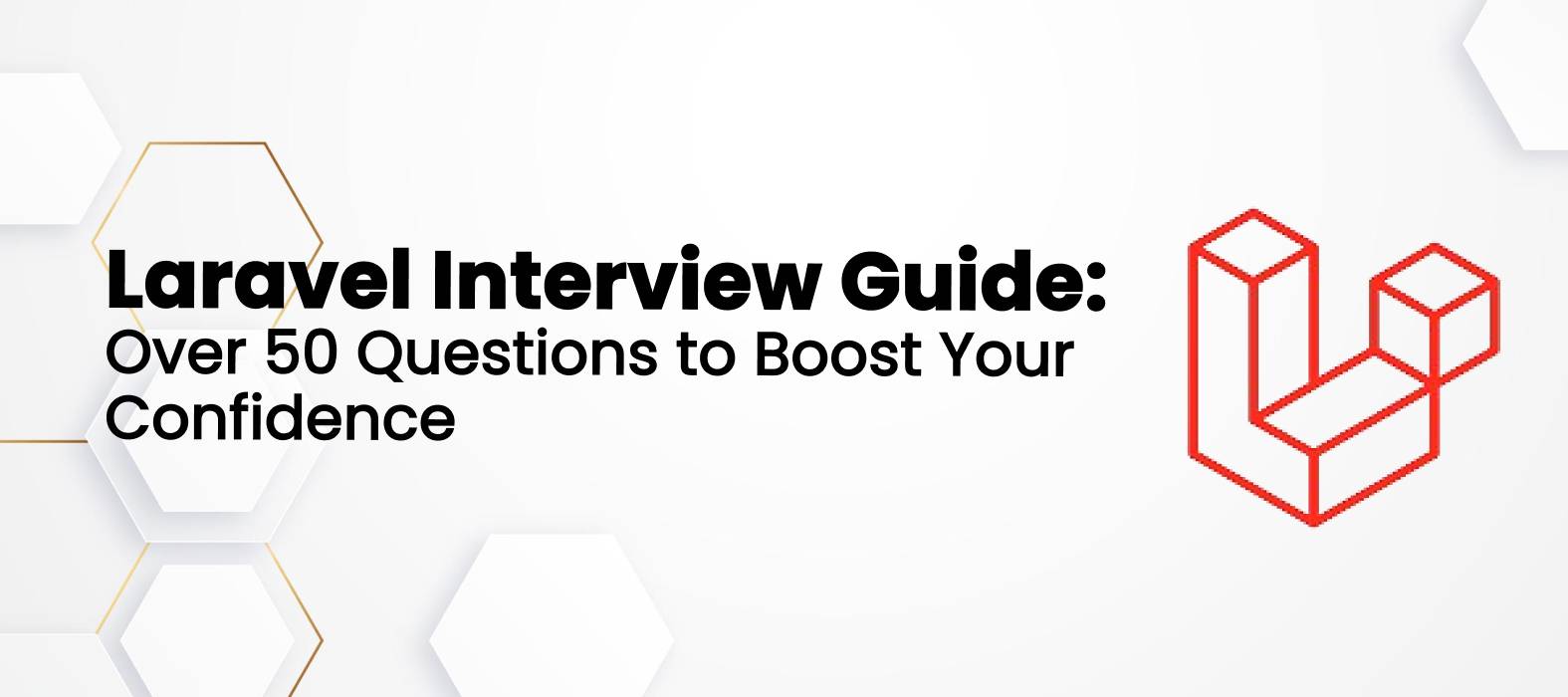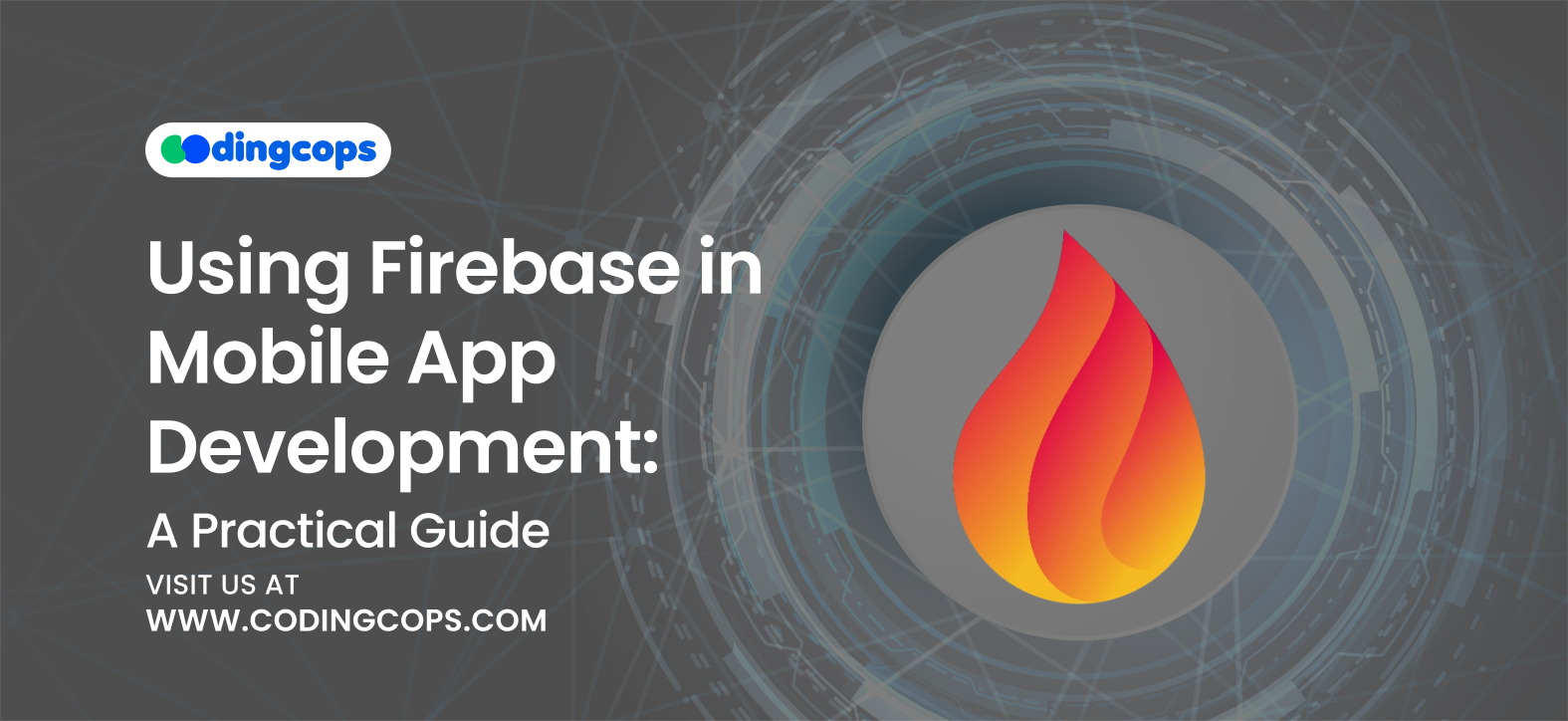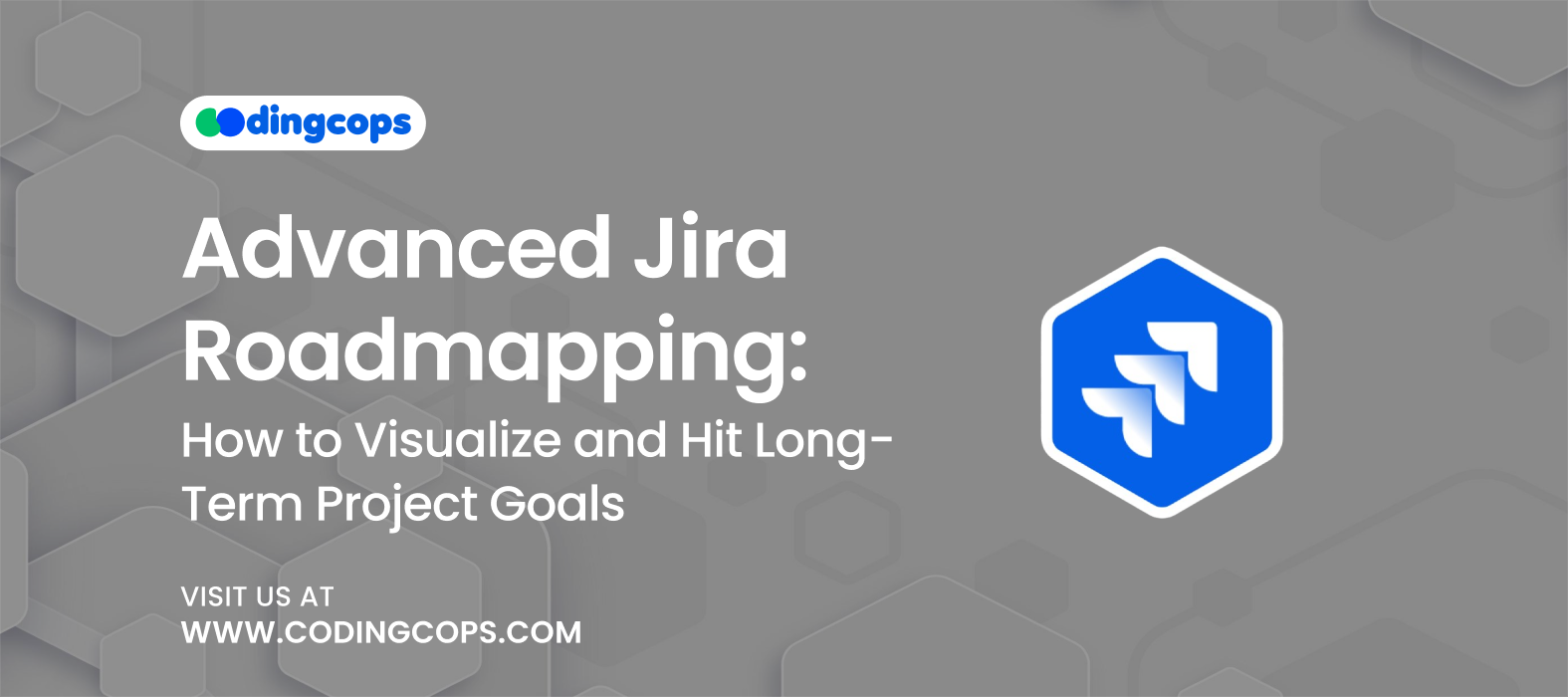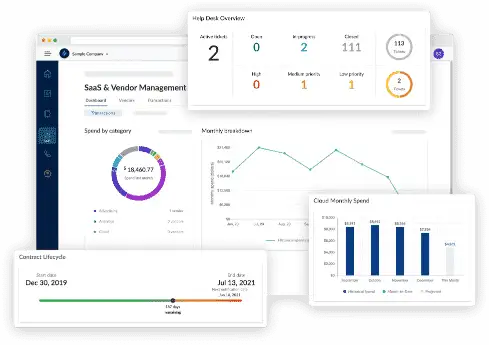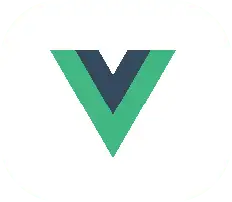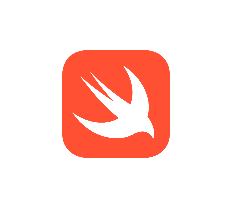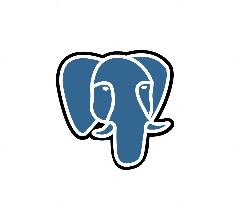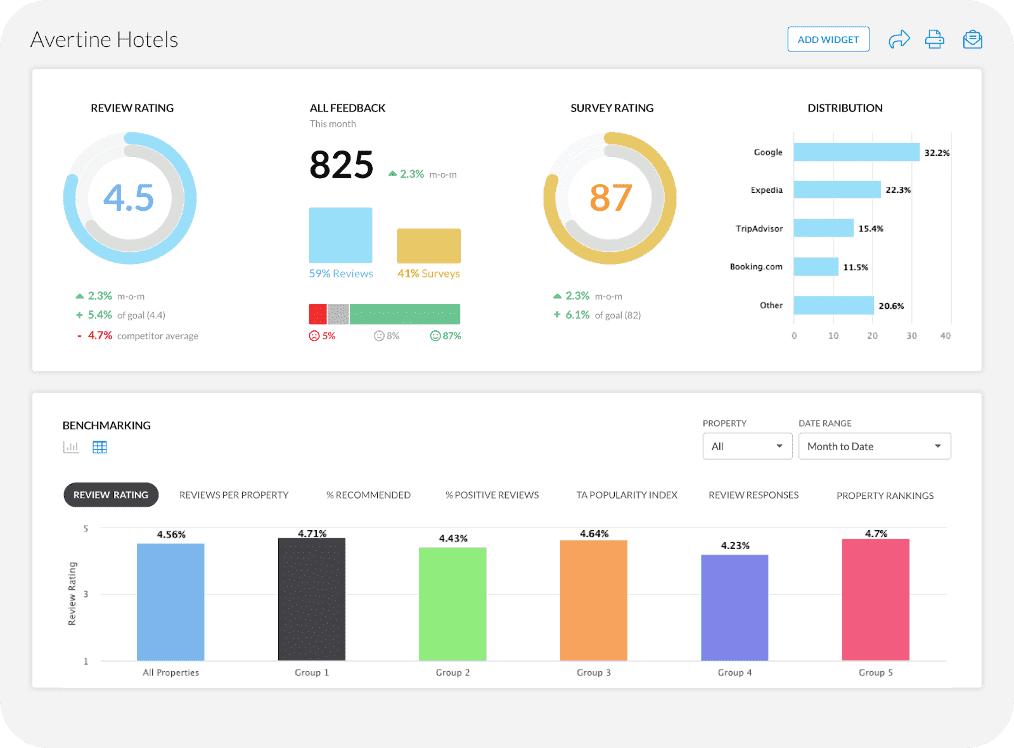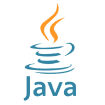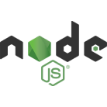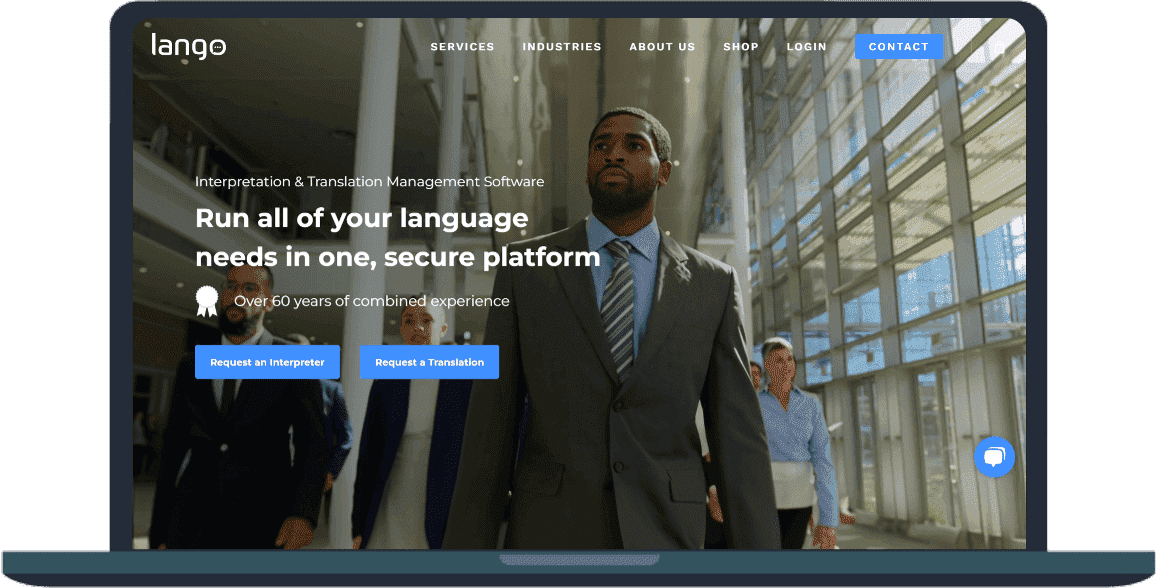Laravel is a highly popular web development framework due to its wide capabilities and easy syntax. An in-depth understanding of Laravel ideas is essential for success and acing interviews, whether you are a newbie searching for your first job in Laravel development or a seasoned professional preparing for a more senior role.
This blog will help prepare you with more than fifty Laravel interview questions for various skill levels, and is also beneficial for companies looking to hire a Laravel developers. Let’s dive in!
Basics of Laravel
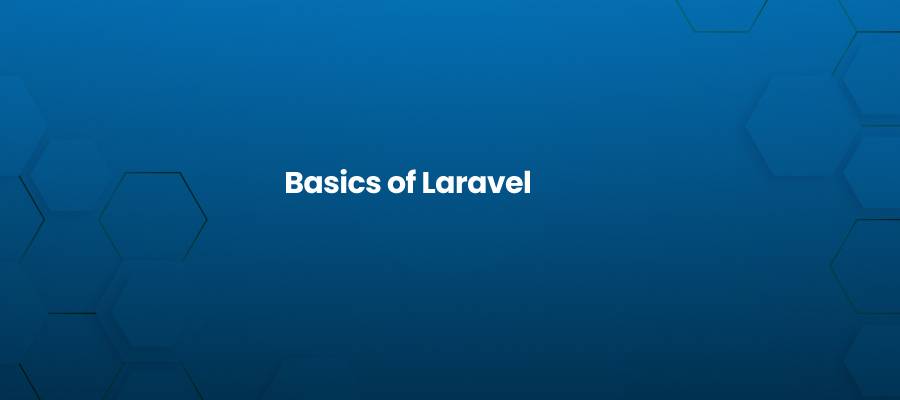
To ace an interview and become an expert in web development using this potent PHP framework, it is essential to grasp the foundations of Laravel. Let’s explore the fundamental ideas and crucial queries you should be ready to respond to.
1. What is Laravel?
A web application framework called Laravel is used for creating apps. Because of its architecture, which gives developers built-in features and a clear and easy vocabulary, it decreases the amount of time spent on repetitive activities like database migrations, routing, and authentication.
2. Explain the MVC Architecture in Laravel.
The Model-View-Controller architecture is the foundation of Laravel. This architecture separates concerns and the structure of code to increase maintainability and scalability.
Model
This layer represents the data and business logic of the application. It retrieves, updates, and removes data via interacting with the database. Eloquent Object-Relational Mapping makes database operations easier and more obvious. It is used to build models in Laravel.
View
The view is in charge of rendering the user interface. It presents the information that was sent by the controller. Blade, a powerful templating engine, is used by Laravel to assist you in creating dynamic, reusable, and effective views.
Controller
An application’s logic is managed via controllers. They receive input from the user via routes, process it, and pass data to the view. By keeping the business logic in controllers, Laravel ensures the separation of concerns, making code easier to manage.
3. What are the system requirements for Laravel installation?
PHP 8.0 or later
Because Laravel is compatible with PHP 8.0 and the later versions, you can benefit from the newest features and performance improvements.
Web Server
You can use popular web servers like Apache or Nginx to serve your Laravel application. Both of these servers are fully compatible with Laravel’s routing and configuration system.
Composer
Composer is a PHP utility for managing dependencies. It is required for installing Laravel and managing its dependencies. You can download Composer from its official website and use it to handle Laravel packages and updates.
Database
Laravel supports many database management systems like MySQL. Hence, it allows developers to have multiple options which they can alternate based on the project’s requirement.
4. What is Composer and why is it required for Laravel?
Composer is a dependency management solution that facilitates PHP package management and installation. Composer will handle installing and upgrading the libraries you specified are needed for your project.
In Laravel, Composer plays a crucial role by:
- Installing Laravel itself, along with all necessary dependencies and packages.
- Handling Laravel’s package management system, ensuring you can easily integrate third-party libraries and tools.
- Automatically managing autoloading, so you don’t have to worry about including files manually.
Without Composer, managing Laravel’s many dependencies and package installations would be a complicated and error-prone task.
5. What distinguishes Laravel from other PHP frameworks?
Laravel distinguishes itself from other PHP frameworks by fusing strong capabilities, beauty, and simplicity. Here’s how Laravel sets itself apart:
Elegant Syntax
Because of Laravel’s easy-to-understand syntax, developers can do more with less code. The codebase is simpler to work with and has less boilerplate code due to its complex syntax.
Blade Templating
Laravel uses Blade, a powerful and lightweight templating engine that provides developers with reusable templates, layout inheritance, and data binding capabilities. It allows for clean and efficient separation between PHP logic and HTML output.
Vibrant Ecosystem
Numerous official packages and third-party integrations that provide functionality like authentication, caching, task queues, real-time events, and testing are part of Laravel’s robust ecosystem. Development can be made more proficient and deployment is significantly improved with the use of tools like Laravel Forge, Laravel Envoyer, and Laravel Nova.
Security
Security is one of the biggest benefits of Laravel. With built-in security features like password hashing and SQL injection prevention, it’s a safe choice for creating apps.
Laravel Features
6. List and explain key features of Laravel.
Eloquent ORM, Blade templating, routing, authentication, and Artisan CLI are some of the essential features.
7. What is the purpose of routing in Laravel?
Routing defines the URL structure of your application and maps requests to specific controllers or closures.
8. Define service containers in Laravel.
Service containers are a powerful tool for managing class dependencies and performing dependency injection.
9. Describe how to utilize the Laravel.env file.
Database credentials and API keys are examples of environment-specific settings that are stored in.env files.
10. What role does Laravel’s config directory play?
Database.php, app.php, and other application configuration files are located under the config directory.
Beginner-Level Questions
11. How is Artisan utilized, and what is it?
For tasks like seeding databases, carrying out migrations, and building controllers, Laravel’s Artisan command-line interface is utilized.
12. How do you create a new controller in Laravel?
Use the command: php artisan make:controller ControllerName.
13. What is the default directory structure of a Laravel application?
Laravel’s directory structure includes app/, routes/, resources/, config/, database/, and public/.
14. Explain the routes/web.php file.
The routes/web.php file defines web routes for the application.
15. What are named routes in Laravel?
Named Routes is an extremely important feature of Laravel. It allows you to refer to the routes when generating URLs. For instance:
Route::get(‘home’, [HomeController::class, ‘index’])->name(‘home’);
Practical Questions for Starters
16. How is Laravel Tinker used?
Laravel Tinker is a loop that enables you to manipulate your application’s models and database.
17. What is the role of the resources/views folder?
It stores Blade view files for the application.
18. Explain the purpose of migrations in Laravel.
Migrations allow you to version-control database schema changes.
19. How are database connections configured in Laravel?
The config/database.php and.env files contain the database connection configurations.
20. How does Laravel handle Cross-site request forgery protection?
Cross-site request forgery protection stops malicious requests from sources that are unauthorized.
Intermediate-Level Questions
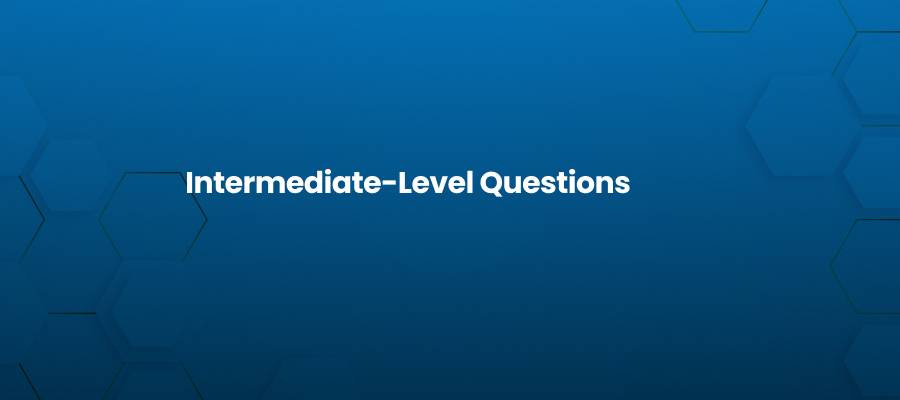
21. What are database migrations in Laravel, and why are they important?
Migrations help manage and version-control database schema changes.
22. What is Eloquent ORM? How does it differ from raw SQL?
Eloquent is an ORM mapping tool that maps database tables to classes. RawSQL is a direct Structured Query Language builder that enables you to write direct SQL queries.
23. How do you perform database seeding in Laravel?
Use the DatabaseSeeder class to populate tables with dummy data.
24. What is a query scope in Laravel?
Query scopes are custom query functions defined in Eloquent models for reusability.
Middleware and Security
25. What is middleware in Laravel? Provide examples.
Middleware filters HTTP requests. Examples include auth and VerifyCsrfToken.
26. How is middleware applied to a route?
Route::get(‘dashboard’, [DashboardController::class, ‘index’])->middleware(‘auth’);
27. What are Guards in Laravel?
For every request, guards specify how users are authenticated. Examples include web and api guards.
28. Explain Laravel’s built-in encryption mechanism.
Laravel provides symmetric encryption using OpenSSL and AES-256.
29. How does Laravel handle session management?
Sessions can be managed using drivers like file, cookie, database, or Redis.
Advanced-Level Questions
30. What are some best practices for optimizing Laravel performance?
- Enable caching for routes and views.
- Use eager loading to optimize database queries.
- Minify assets.
- How do you implement caching in Laravel?
Use the Cache facade or Artisan commands like php artisan cache:clear.
31. Explain the use of queues for background jobs.
Queues allow tasks like sending emails to run in the background, improving application responsiveness.
32. What distinguishes explicit loading in Laravel from eager loading and lazy loading?
- Eager loading: Loads related data upfront.
- Lazy loading: Loads related data on demand.
- Explicit loading: Loads related data manually using methods like load().
33. How do you optimize database queries in Laravel?
- Use indexes on database columns.
- Avoid N+1 query issues with eager loading.
- Optimize joins and subqueries.
Advanced Features
34. How do you implement event broadcasting in Laravel?
Use Laravel Echo and WebSocket libraries to broadcast events in real time.
35. What are Jobs in Laravel, and when would you use them?
Jobs are used for executing time-consuming tasks asynchronously. As these tasks will be running in the background, this will allow the application to respond to user requests immediately.
36. Explain Laravel Nova and how it differs from Laravel Forge.
- Laravel Nova: It is used to create easy-to-use application backends.
- Laravel Forge: Server management tool for deploying Laravel apps.
37. How would you handle API rate limiting in Laravel?
Use the ThrottleRequests middleware.
38. What is the Laravel Telescope package used for?
A debugging tool for Laravel apps is called Telescope.
Scenario-Based Questions
39. How would you troubleshoot a failing migration?
Check the syntax, database connectivity, and Laravel logs. Moreover, I will check the Migration Job page, find a failed Job, click Manage in the Operation column, and then click Retry to migrate failed files.
40. Explain how to handle a route that returns a 404 error unexpectedly.
Verify the route definition in web.php and check for typos.
41. What steps would you take to debug a slow-loading page in a Laravel application?
Use query profiling and Laravel Debugbar.
42. How may data be moved from an earlier Laravel version to the most recent one?
Update dependencies, check for breaking changes, and refactor code.
43. Describe how you would build a custom validation rule in Laravel.
Extend the Validator class and define the custom rule logic.
Coding Challenges
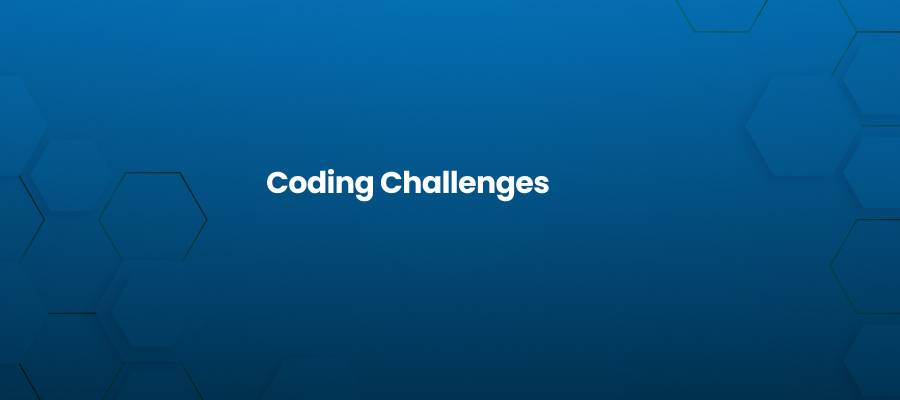
44. Write a Laravel route that uses a controller action.
Route::get(‘home’, [HomeController::class, ‘index’]);
45. To log all incoming requests to a file, create a middleware.
Use the php artisan make:middleware LogRequests command and write logic to log requests.
46. Develop a basic RESTful API using Laravel.
Define API routes in api.php and use controllers for CRUD operations.
47. Build a custom Artisan command.
Use php artisan make:command CommandName and define the logic in the handle method.
48. Create a form in Blade and validate it on submission using Laravel’s validation rules.
Use the validate() method in the controller.
49. Write a Laravel route that uses a controller and returns a JSON response.
Route::get(‘api/user/{id}’, [UserController::class, ‘show’])
->where(‘id’, ‘[0-9]+’);
In the UserController, return a JSON response:
public function show($id)
{
$user = User::findOrFail($id);
return response()->json($user);
}
50. Create a Laravel job to send a welcome email after user registration.
- Create the job using php artisan make:job SendWelcomeEmail.
- Dispatch the job after user registration:
SendWelcomeEmail::dispatch($user);
- In the job, send the email:
public function handle()
{
Mail::to($this->user->email)->send(new WelcomeMail($this->user));
}
51. Use route model binding to automatically inject the model into the controller after defining a route with a named parameter.
Route::get(‘post/{post}’, [PostController::class, ‘show’]);
In PostController, use route model binding to fetch the post:
public function show(Post $post)
{
return view(‘post.show’, compact(‘post’));
}
Final Words
More than fifty crucial Laravel interview questions spanning everything from fundamentals to more complex ideas are included in this blog. Gaining an understanding of these questions will improve your readiness and help you perform well in interviews, transforming you into a skilled Laravel developer equipped to take on real-world problems and create scalable, high-performance online apps, and get into a top-tier software development outsourcing company.

